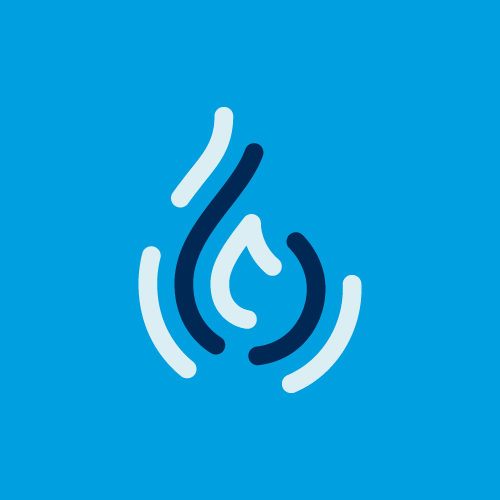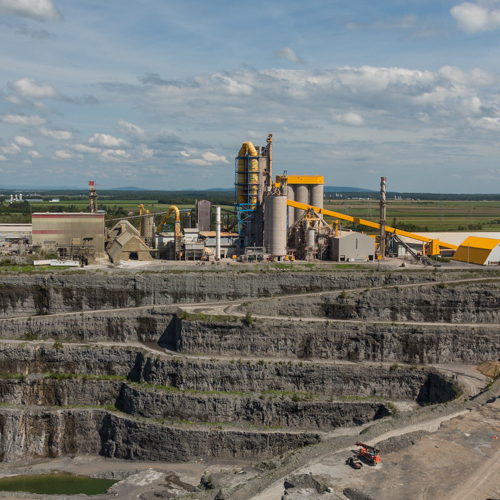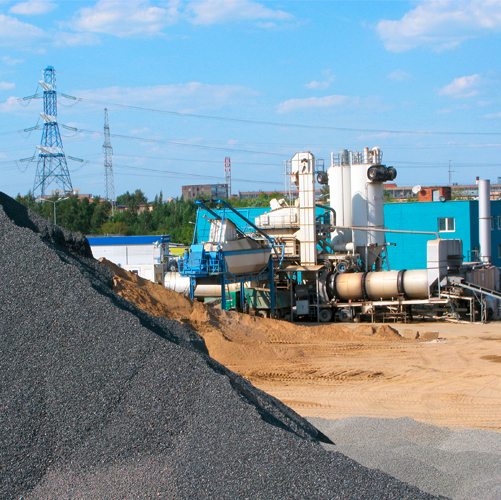Domestic hot water production accounts for a large share of the residential and commercial natural gas market in Canada. In Quebec, the energy situation means that gas technologies meeting the decision-makers’ selection criteria are relatively unknown. There are many advantages to central production of domestic hot water for multiple occupancy buildings, seniors’ residences and condos.
Domestic hot water can be obtained by different centralized or decentralized technologies and systems using natural gas, such as: storage tank water heaters, instant water heaters, boilers with or without a tank, standalone or modular appliances. It is also possible to use these appliances in combined mode (domestic hot water and space heating) or use more than one energy source (for example, solar energy and natural gas).
Advantages of installing a centralized system:
- Immediate hot water in each dwelling with a water loop.
- Space fully available in the dwellings.
- Cost of a single heating or hot water production system can be lower than the costs of all individual equipment.
- Installation of a dedicated hot water drain in each apartment not required.
- Risk of water spill minimized in the apartments; some authorities may require replacement of water heaters in apartments every 10 years to minimize this risk.
- Easier maintenance.
- Single vent for combustion gases.
Several alternatives exist to produce domestic hot water, such as the storage tank water heater with a built-in or separate tank. There are non-condensing storage tank water heaters where efficiency vary from 80% to 90%. Condensing water heaters offer more than 90% energy efficiency. This type of water heater has up to 1,500 US gallons of built-in tank volume.
Also, when the building has central heating, hot water can be produced from oilers with separate indirectly-heated tanks. Three types of boilers can be used (see Table 1).
Table 1: Boilers for domestic hot water production
| Type of boiler | Description | Advantages |
| Low mass boiler | Equipped with a copper exchanger, this boiler has low thermal inertia and some modules can produce domestic hot water. Efficiency ranges from 80% to 87%. |
|
| Cast iron boiler | Made of cast iron sections, this boiler has the same level of efficiency as a copper boiler. It needs an intermediate exchanger to preheat domestic hot water. |
|
| Condensing boiler | This boiler allows cooling of combustion gases below their dew point temperature to recover latent energy from the vapour generated by combustion. Combustion efficiency exceeds 90%. |
|
Table 2: Comparison of operating costs
| Applications | Energy consumption per condo per year | Unit energy cost | Total cost |
| Central gas water heater | 324.33 m3* | $0.46 /m3** (based on 150,000 m3/yr) | $23,274 |
| Individual electric water heater | 3157.5 KWh | $0.068 /KWh | $3,495 |
| Saving in favour of natural gas | $10,221 |
*Including losses of 24m3 of natural gas per year per condo for the recirculation system.
**Based on April 2008 rate.
Moreover, all of these hot water production modes allow water to be stored directly (the hot water passes directly from the boiler to the tank) or indirectly (the water from the boiler heats the domestic hot water with a plate or tube heat exchanger).
What is the potential different in the impact on energy costs between a central system and an individual electrical system of hot water production? Let’s take the example of a building with 156 condo units and compare the operating costs of a high-efficiency gas boiler with the operating costs of individual electric water heaters.
The basic assumptions adopted for this example are:
- 156 condo units
- Number of occupants per condo: 2
- Quantity of water consumed per day: 37.0 US gal/day (Source: ASHRAE)
- Electric water heater efficiency factor: 0.93
- Efficiency of the condensing gas central water heater: 93% > Average temperature differential for water heating: 90°F
- Recirculation system considered to be thermally insulated
- Annual losses by the recirculation system: 24 m3 per condo (measured)
The comparison thus takes the form of Table 2 and shows operating savings of $10,221 per year.
Centralization of hot water involves many advantages and is economically viable. It is essential to consider these different technologies when designing a project for multiple occupancy buildings, seniors’ residences or condos.
Marc Beauchemin, Eng. CEM
Technical Advisor
DATECH Group
Continue reading








